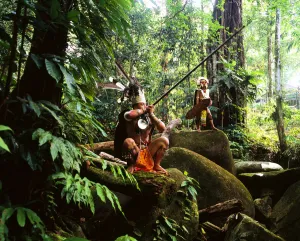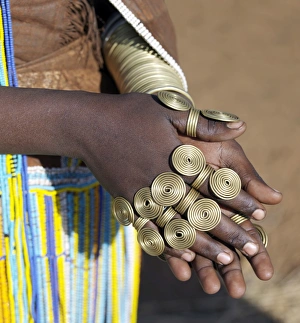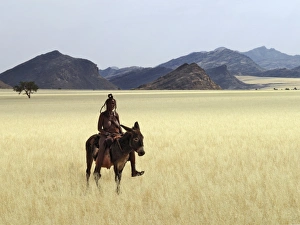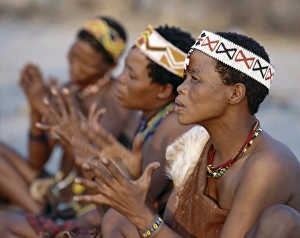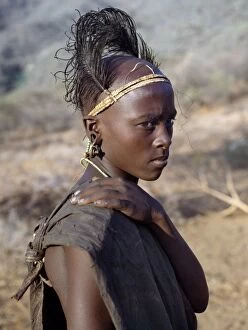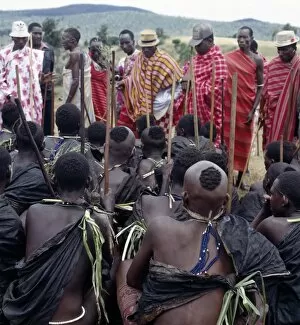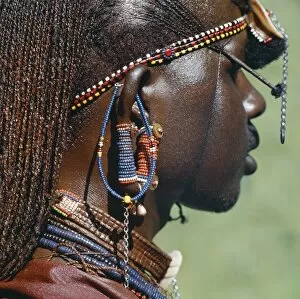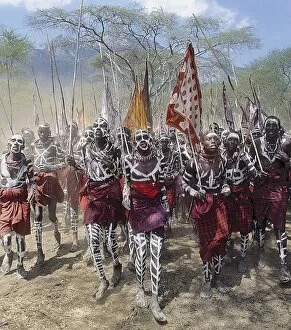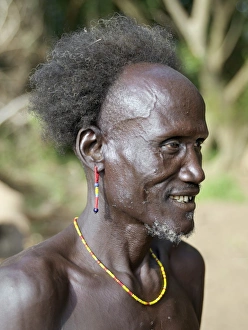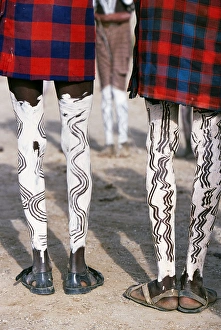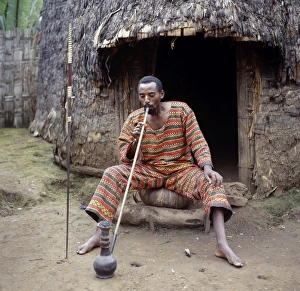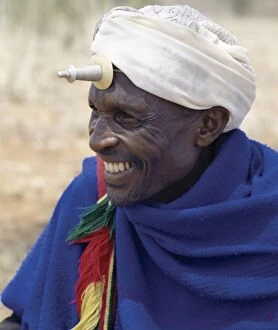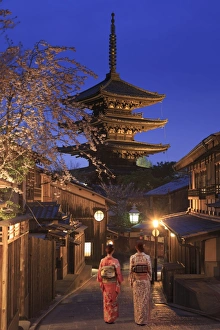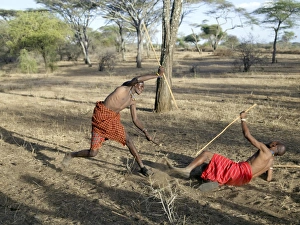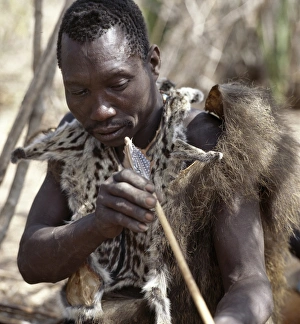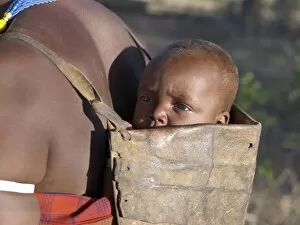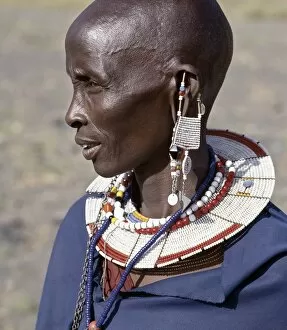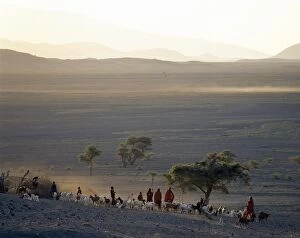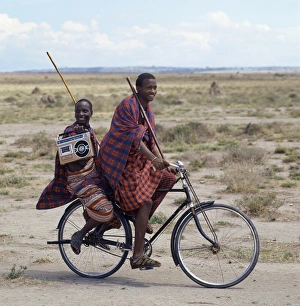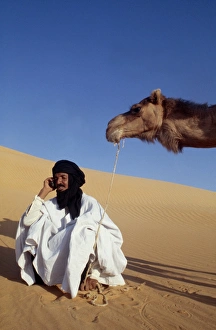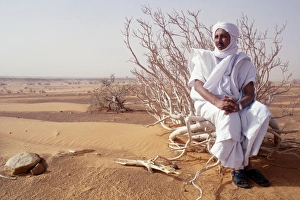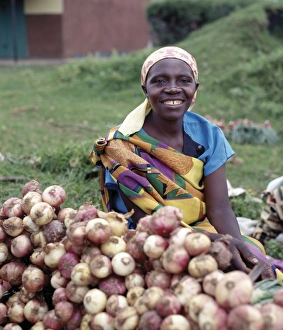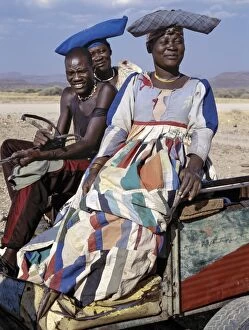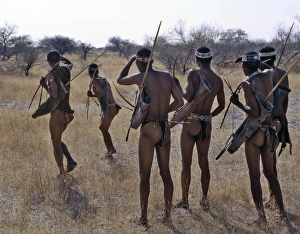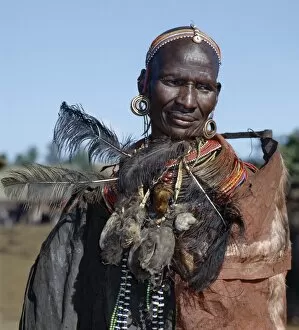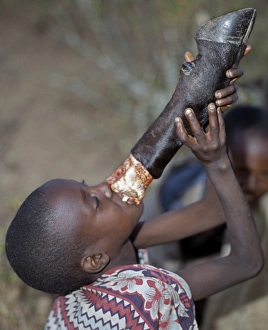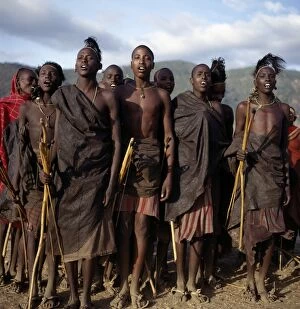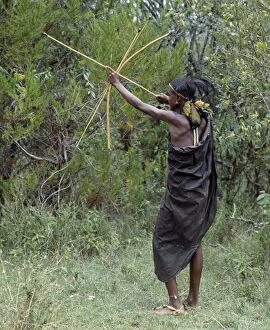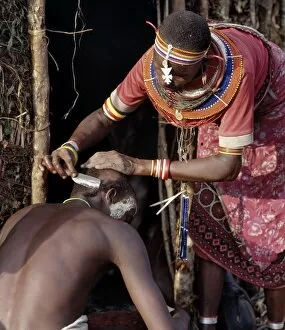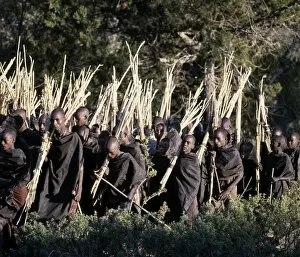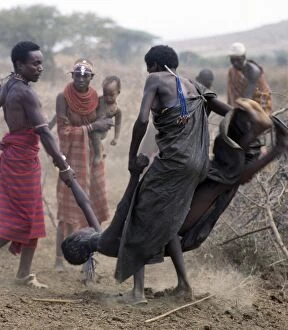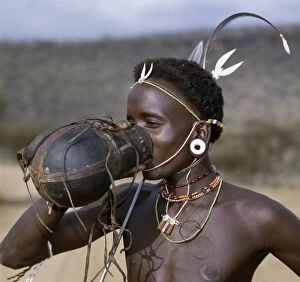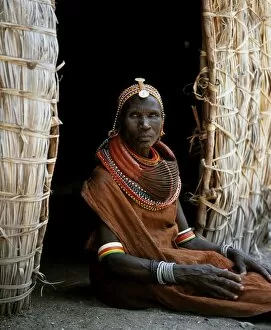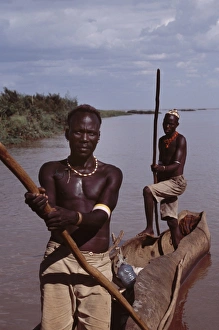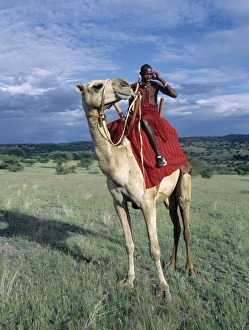Traditional Attire Collection (page 2)
"Captivating Cultures: Celebrating the Beauty of Traditional Attire" Young Msai girls decorate their faces with ochre
All Professionally Made to Order for Quick Shipping
"Captivating Cultures: Celebrating the Beauty of Traditional Attire" Young Msai girls decorate their faces with ochre, embracing their ancestral traditions and showcasing their unique identity. A Hadza hunter smokes cannabis from a crude stone pipe, immersing himself in ancient rituals that connect him to his heritage and land. Adorned in vibrant red ochre, a Himba woman radiates pride as she dons her traditional attire, symbolizing her cultural roots and resilience. Transported back to the 1960s, an old Kikuyu lady picks coffee while wearing the timeless garments of her community, preserving customs passed down through generations. Mesmerized by modern marvels above them, two Msai warriors stand tall amidst the Masai Mara landscape, proudly displaying their traditional clothing that reflects bravery and honor. Almost every Himba woman wears anklets – delicate adornments that not only enhance beauty but also signify social status within this proud Namibian tribe. Balancing tradition with daily life demands, a Giriama girl from Kenya's Coast Province carries herself gracefully while draped in her customary apparel - a testament to resilience and cultural preservation. With rhythmic movements under starlit skies, Himba women perform the otjiunda dance; their colorful garments swirling as they celebrate unity and spirituality together. In Rajasthan's Jaisalmer city near Gadi Sagar Lake stands an Indian woman wearing a resplendent saree - an embodiment of gracefulness intertwined with rich heritage dating back centuries. Donning fierce traditional dress fit for battle, a Zulu warrior exudes strength and courage while honoring his ancestors' legacy through distinctive attire passed down over time. Japan's Kumano Kodo Pilgrimage Trail witnesses countless pilgrims dressed in traditional garb as they embark on spiritual journeys rooted deep within Japanese culture.

